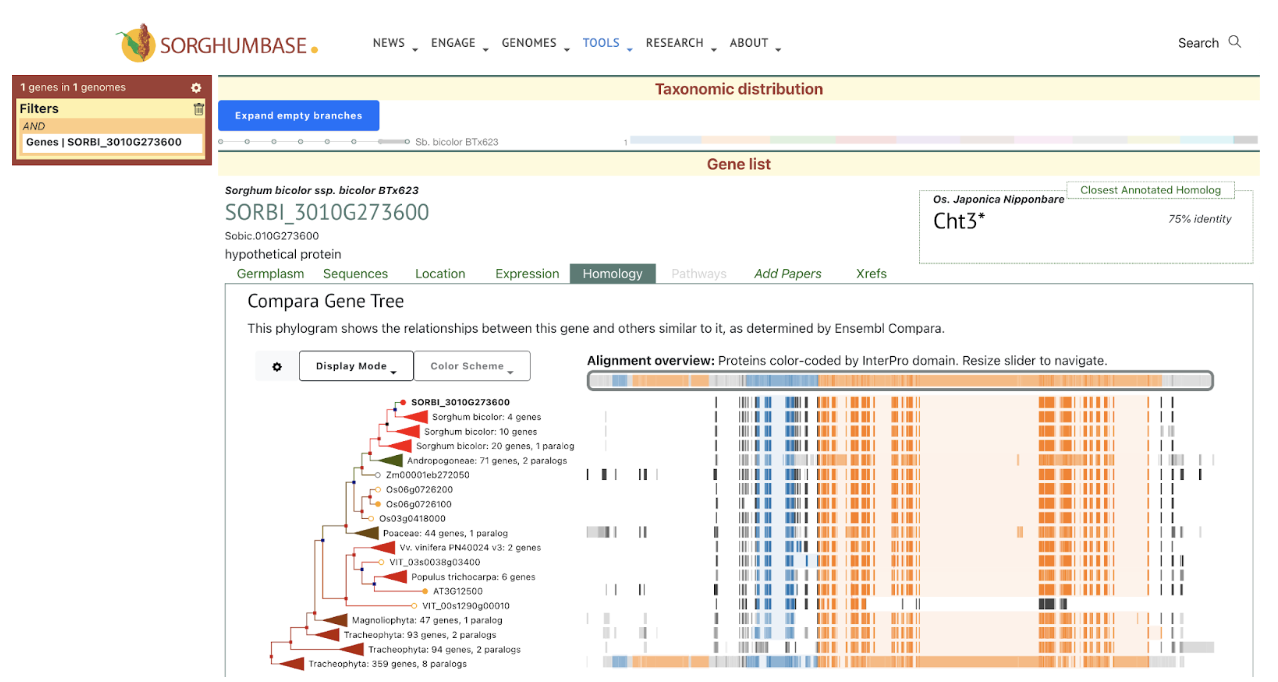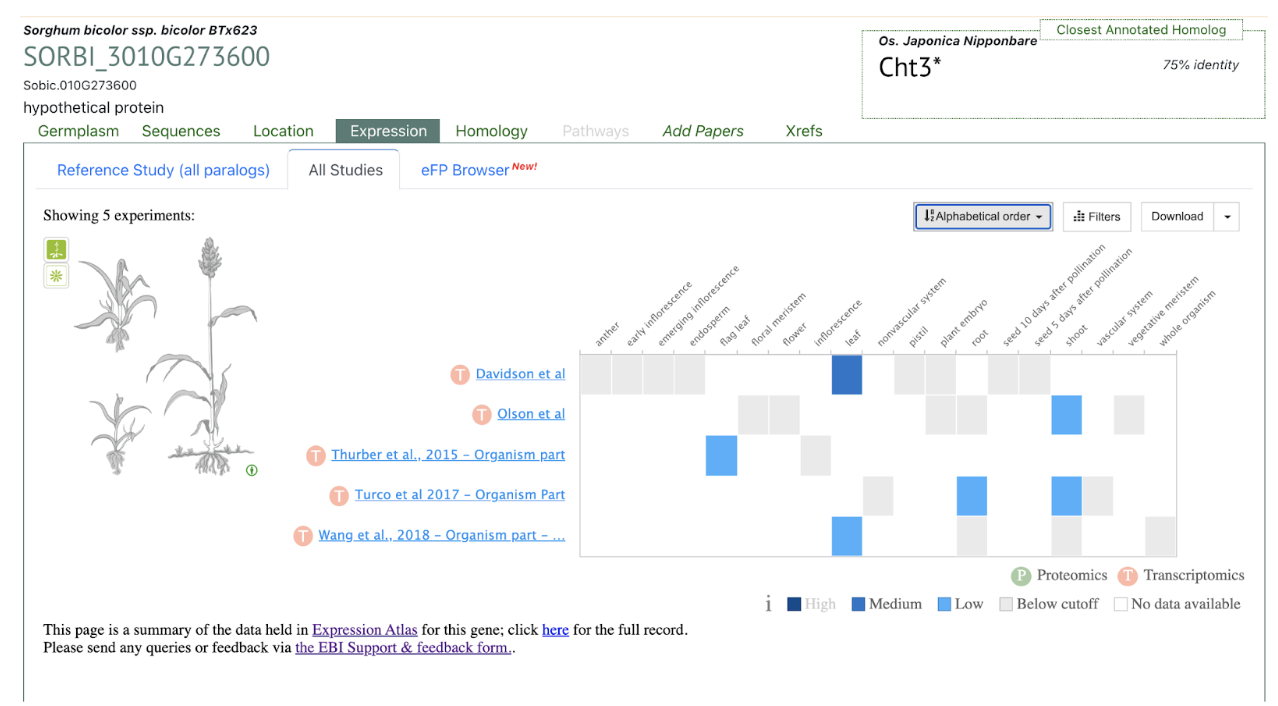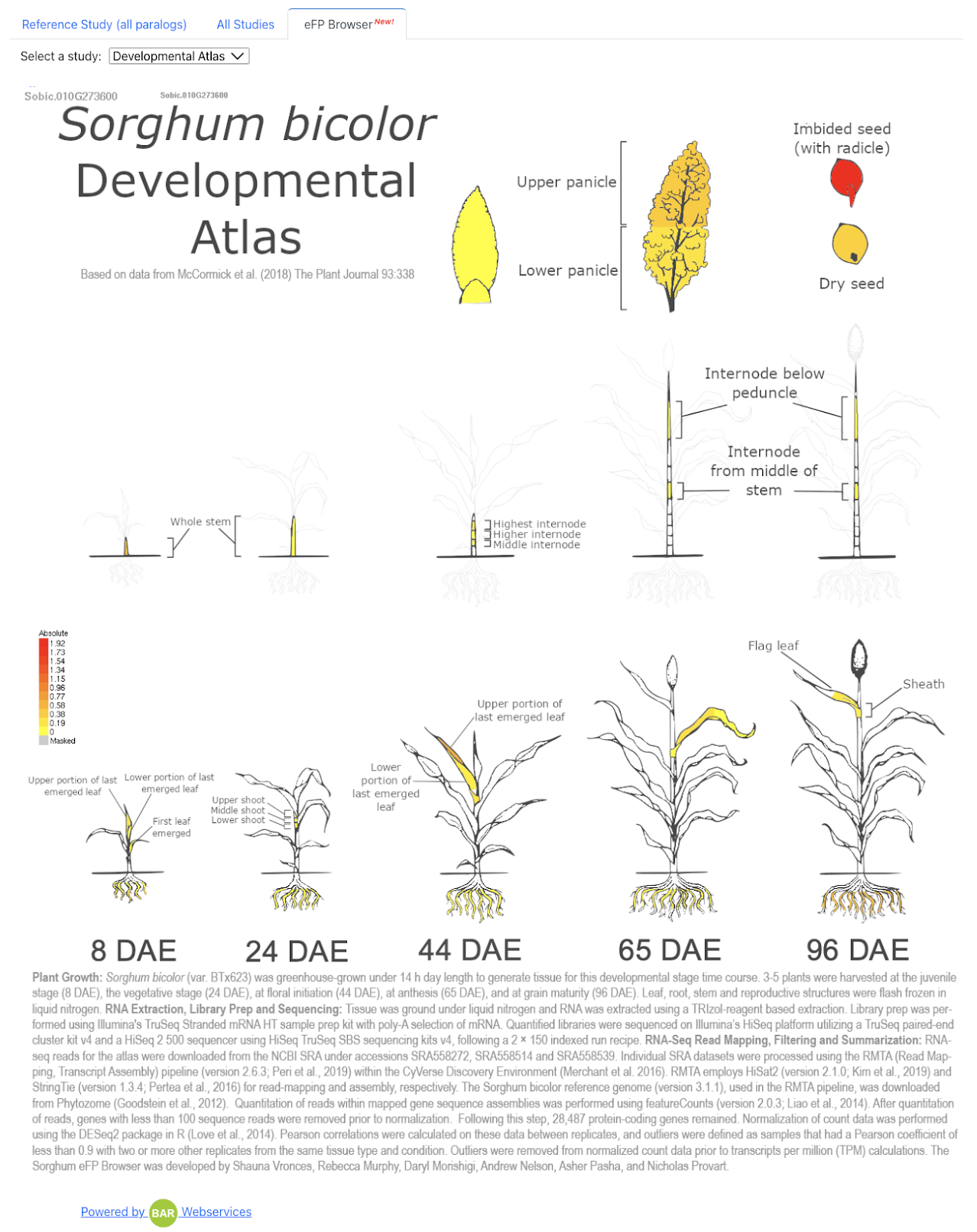Drought and heat stress are significant threats to global crop production, affecting key developmental stages such as flowering and grain filling, which in turn lead to substantial yield losses. These environmental stressors often co-occur, complicating plant responses due to their interactive effects. While individual drought or heat stress leads to reductions in photosynthesis and transpiration, their combined effects can result in unique physiological and molecular adaptations. Plants exhibit complex responses where one stress may modulate or counteract the effects of the other. For instance, water deficit-induced stomatal closure can elevate leaf temperature, while heat stress-induced transpiration can accelerate water loss. This interplay highlights the necessity for plants to balance heat dissipation and water conservation to survive under simultaneous stress conditions. Moreover, plant responses to these stresses are further influenced by intricate genetic, biochemical, and physiological interactions, making adaptation mechanisms highly dynamic.
Sorghum (Sorghum bicolor) is well-suited to withstand extreme drought and heat conditions, making it a valuable model for studying stress tolerance. Despite its resilience, there is limited proteomic research on how sorghum responds to combined drought and heat stress, particularly at the reproductive stage. To address this gap, researchers from University of the Western Cape, University of Missouri, Institut Pasteur and University of Mpumalanga analyzed proteomes of two contrasting sorghum genotypes under normal and stress conditions. This study employs label-free quantification (LFQ) with data-dependent acquisition (DDA) to analyze protein expression. Gene Ontology (GO) and KEGG pathway analyses of differentially expressed proteins reveal key biological processes and molecular pathways involved in sorghum’s response to these stressors. Integrating these proteomic findings with other ‘omics’ data may provide deeper insights into the mechanisms underlying sorghum’s resilience, aiding future crop improvement efforts.
SorghumBase examples:
The study identified A0A1Z5R8N9 as a Late Embryogenesis Abundant (LEA) protein in Sorghum bicolor, known for protecting cells during dehydration and upregulated under drought and heat stress. In this study, A0A1Z5R8N9 was highly expressed in the leaves of the drought-tolerant sorghum genotype (Alisto) under water deficit conditions, suggesting its role in enhancing drought tolerance by preventing dehydration-induced damage. The UniProtKB database associates this protein with the gene SORBI_3010G273600, which, when searched in SorghumBase, provided further insights:



Reference:
Ali AEE, Sharp RE, Greeley L, Peck SC, Tabb DL, Ludidi N. Proteomic dataset of sorghum leaf and root responses to single and combined drought and heat stress. Sci Data. 2025 Jan 17;12(1):97. PMID: 39824864. doi: 10.1038/s41597-025-04369-2. Read more
Related Project Websites:
- Dr Ludidi’s page at the University of Mpumalanga: https://www.ump.ac.za/System/Staff/L/Ndiko